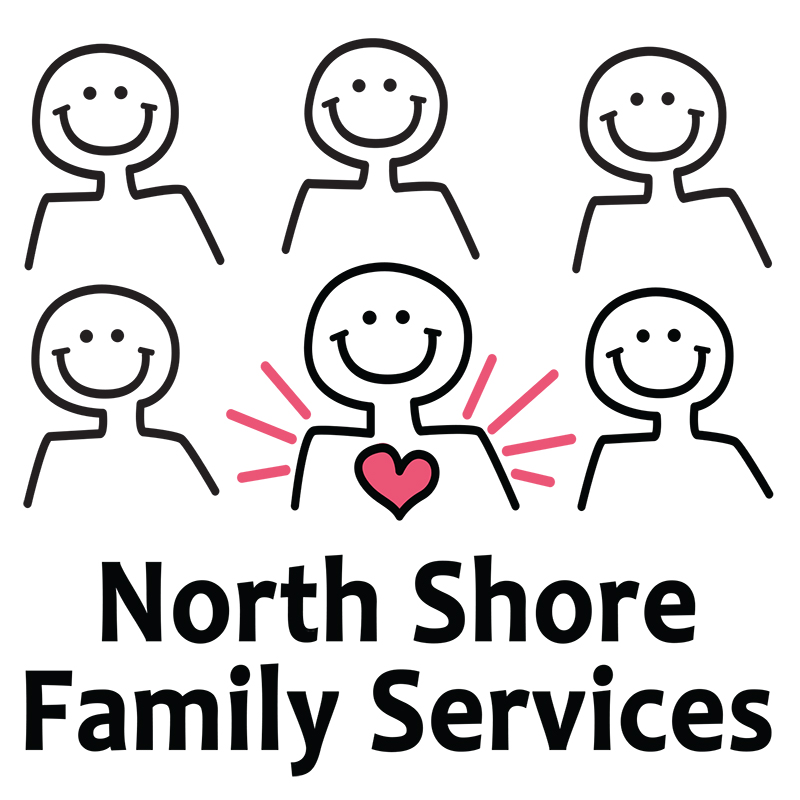
08 Sep Talk About the Taboo: Suicide Prevention and Awareness for Families
September is National Suicide Prevention Awareness Month. For parents and families, this can be an overwhelming and scary topic to discuss or think about; however, it is an all too common occurrence about which we choose not to speak. The Center for Disease Control reports depression affects 20-25% of Americans ages 18+ in a given year and suicide is the second leading cause of death in the world for those aged 15-24 years. Talking about suicide is a way to normalize the feelings and thoughts which can help in prevention. In this blog, I will review suicide warning signs, how to communicate with others about suicide, and ways to support someone experiencing thoughts of suicide.
A few years ago, 13 Reasons Why debuted on Netflix and it brought the conversation about suicide to the forefront. “Was this content good for children?” “Is this really happening in our communities?” “Is this only an issue because of the show?” People started more openly addressing suicide and mental health and I believe we are better for it. People that had lived in shame, silence, and suffering for a long time were provided a platform to voice their experiences and seek help.
Suicide can be associated with depression, life stressors, and mental health difficulties. Suicidality is assessed by examining how at-risk an individual might be and is examined by mental health clinicians. With regard to suicidality, I start an assessment by asking the client questions; usually, this is the first time these clients have shared any of this information. I believe we can see shifts in the ways we interact if more families start asking these important questions. Suicide will be much less a taboo topic and loved ones will get the help they need faster.
Warning Signs
This is not a complete list. If you are concerned that someone you know may be in distress, trust your instincts!
- Talking about wanting to die or to kill oneself
- Looking for a way to kill oneself
- Withdrawing from others or feeling isolated
- Hopelessness and failing to see the future
- Talking about feeling trapped or being in unbearable pain
- Talking about being a burden to others
- Poor hygiene, diet changes, rapid weight changes
- Increasing the use of alcohol or drugs
- Acting angry, anxious, agitated, or reckless
- Sleeping too little (insomnia) or too much
- Displaying extreme mood swings
(Save.org)
Start the Conversation about Suicide Prevention
“If I ask these questions will it put ideas in my child’s head?” I have heard this question from many parents. Their concerns are valid; parents are sometimes just as scared as their child. However, talking about suicide does not increase the likelihood of suicide. If their child has already thought about suicide, creating a dialogue can only help clear up misconceptions and build support. If we choose to stay quiet it only makes people suffer silently and alone. Talking about suicide may be uncomfortable at first but having this conversation can make all the difference in someone’s life.
- Listen and validate their feelings.
- Ask questions that allow them to answer honestly. Frame questions like, “I have noticed things have been difficult for you lately; have you had any feelings or thoughts about suicide or self-harm?”
So instead of questions that implement your preferred answer or pass judgment, “You would never kill yourself, right? That would be stupid.”
- Express empathy and ask what they need. Show your love and concern.
- Do not keep it a secret because it will continue the shame and guilt. But instead offer support and resources.
For more help: A Guide for Helping Children in Distress
Risk and Protective Factors
Risk factors for suicide include previous attempts, trauma history, substance abuse, relationship (familial or romantic) issues, impulsivity, mental health diagnoses, recent death or suicide of a loved one, and physical illness or disability.
Protective factors make an individual less likely to engage in suicidal behaviors and can improve their coping abilities. Engaging in interests or hobbies, spending time with family or friends, cultural or religious beliefs, access to mental health assistance, and restricted access to lethal items are all protective factors against suicide.
Seek Help for Suicide Prevention
Encourage family and loved ones to seek help from a mental health counselor. You can schedule an appointment with one of our skilled clinicians at northshorefamilyservices.com/contact. Our clinicians can support and assist your family in collaborative conversations, resources, and creating a safety plan and measures.
Additional Suicide Crisis Resources:
- National Suicide Prevention Lifeline: 1-800-273-8255
- La Red Nacional de Prevención del Suicidio: 1-888-628-9454
- Crisis Text Line: Text “HOME” to 741741
- The Trevor Project Lifeline (LGBTQ Crisis and Suicide Hotline): 866-488-7386
- Veterans Crisis Line: 1-800-273-8255, Press 1
- Teen Line (Teen-to-Teen Help Hotline): 310-855-4673

North Shore Family Services is a team of skilled and approachable therapists that help parents, children, teens, adults, and couples reduce anxiety and stress, learn effective problem-solving techniques, and manage emotions and behaviors that inhibit personal, school, family, and relationship success. We make therapy a productive, engaging and relaxing place for everyone to work hard and make the improvements they desire. To find the right-fit therapist for you and your family, visit our clinician’s page.



Sorry, the comment form is closed at this time.